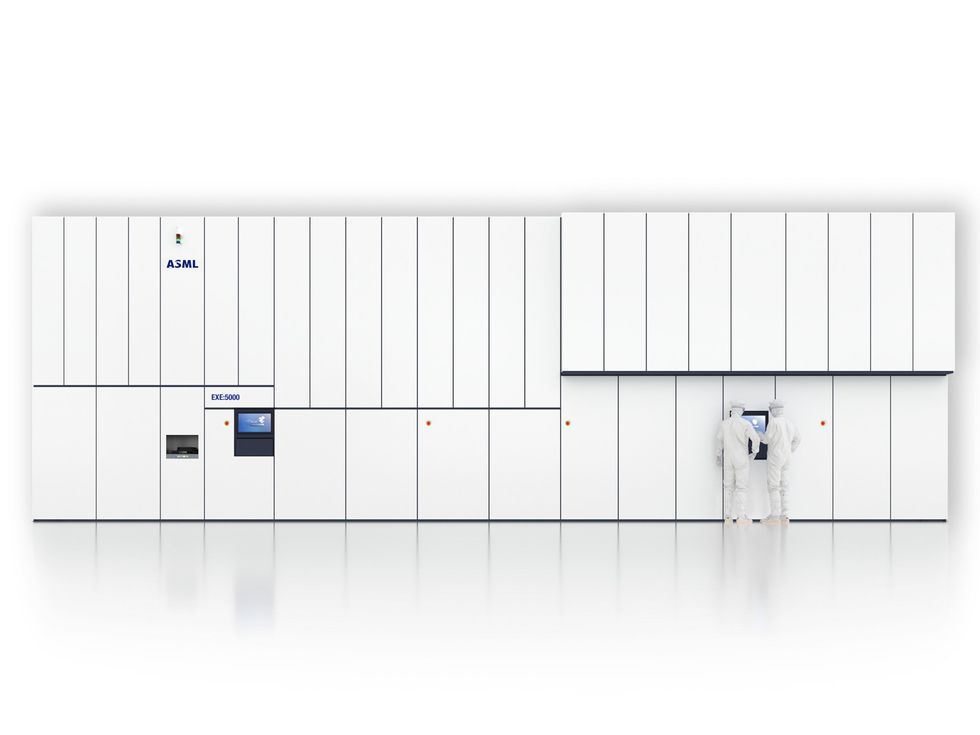
Credit: kurhan/Shutterstock
The first time you do barbell squats, they can hurt. I remember using a bar pad when I first started squatting, and I couldn’t imagine doing without. These days I think nothing of getting under a bar of any weight without a pad—but I totally understand those beginner struggles. So let’s look at what you need to do differently if you find the pad-less bar is hurting your neck or shoulders.
Squeeze your shoulders together
The most important thing to know is that the barbell shouldn’t just sit on skin and bone. Your back muscles need to create a “shelf” for the bar to rest on. For high bar squats, the kind most people start with, that shelf is made primarily of your upper trapezius muscles. Shrug your shoulders and you’ll feel these muscles contracting; they are at the sides and back of your neck, where your neck connects to your shoulders.
In addition to shrugging up, you’ll find that you can also bring your shoulder blades toward each other, further fluffing up the meat pillow just below your neck. This is where the bar should rest. If you don’t squeeze your shoulders together, there’s no pillow, no shelf, and no good place for the bar.
Put the bar in the right place
You do the shoulder squeeze described above before you put the bar on your back. Get under the bar and set it on top of that meat cushion you just created. Move around a bit if necessary to find the most comfortable spot. You’ll find that the bar won’t rest on any of your neck or shoulder bones this way. If you still feel the bar against the vertebrae of your neck, you probably have it too high. Try placing the bar a smidge lower.
You can also experiment with “low bar” squats, which have the bar resting a few inches lower than what I just described. The bar will be supported by your rear deltoid muscles. Squeezing your shoulders together to create a shelf is still important here.
Keep your neck in a neutral position
For some people, the position of their neck can affect how the bar feels. If you have a tendency to look up as you’re squatting, you may find this creates pressure on your neck or encourages you to relax your upper back, which causes you to lose your shelf. If this is happening to you, try tucking your chin toward your chest, or even looking slightly downward, and see if that helps.
One common cue is to look at a spot on the ground about five feet in front of you. That said, some people do better with a cue when they think about looking up. As with many exercise cues, the important thing is whether the cue improves how you lift, not literally where you are looking. Use whichever one helps you keep a stronger and more comfortable position.
Build more muscle
You can’t make a meat cushion without meat, so if you’re a beginner who is especially skinny or bony, you may just have to weather through some hard times for a bit. This is a temporary situation. You can speed up the process by doing extra work for your upper back. Shrugs, band pull-aparts, and all kinds of rowing and pulling exercises will help. Check out my picks for the best upper back exercises here.
In the meantime, you may be one of the few people who can truly benefit from a barbell pad. These pads aren’t usually recommended, as they can make the bar feel unstable. But as a beginner, this is a fine stopgap solution. Give the naked bar another try after you’ve been squatting a while, and you’ll probably find it a lot easier.
Note: This article have been indexed to our site. We do not claim legitimacy, ownership or copyright of any of the content above. To see the article at original source Click Here












